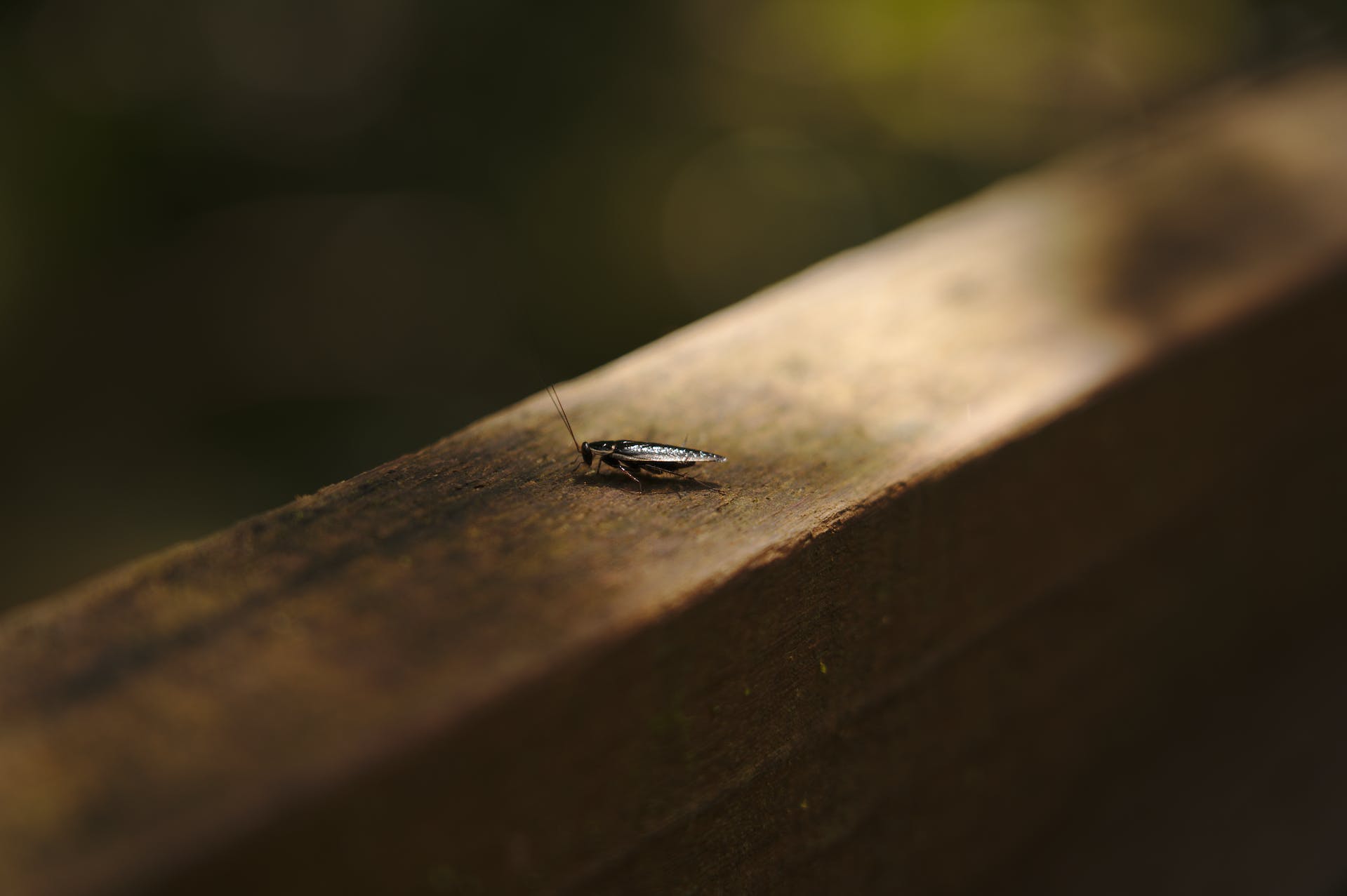In recent years, the focus on sustainability and environmental protection has significantly influenced various aspects of daily living, including pest control methods. Traditional pest control often involves chemicals that can harm the environment, beneficial insects, pets, and even humans. This has led to a growing interest in eco-friendly pest control solutions. These methods not only effectively manage pests but also minimize environmental impact, making them an ideal choice for conscientious homeowners.
Understanding Eco-Friendly Pest Control
Eco-friendly pest control refers to methods and products that are safe for the environment and non-toxic to non-target species. These practices aim to reduce pollution and safeguard ecosystems while still effectively controlling pest populations.
1. Biological Pest Control
This involves using natural predators or parasites to control pest populations. For example, introducing ladybugs in a garden can help control aphid populations without resorting to chemical pesticides. This method is particularly effective in agricultural settings and can be implemented in home gardens as well.
2. Organic and Natural Pesticides
Organic pesticides, derived from natural sources, are less harmful than synthetic chemicals. Neem oil, diatomaceous earth, and essential oils like peppermint and citronella are popular choices. These substances are biodegradable and typically target specific pests, reducing the risk to non-target species.
3. Mechanical and Physical Pest Control
This includes methods like traps, barriers, and manual removal. Physical barriers, such as nets for fruit trees or row covers for vegetable gardens, can prevent pests from reaching the plants. Traps, like pheromone traps for moths or sticky traps for flying insects, are effective for monitoring and controlling pest populations.
4. Cultural Control
Altering the environment to make it less attractive to pests is a key aspect of eco-friendly pest control. This includes practices like crop rotation, proper waste management, and maintaining garden hygiene to disrupt the breeding cycles of pests. Encouraging a diverse ecosystem in your garden also helps control pests naturally.
5. Integrated Pest Management (IPM)
IPM is a holistic approach that combines various eco-friendly methods based on the specific pest and environment. It focuses on long-term prevention and uses pesticides as a last resort. Monitoring, identification, and understanding the pest’s lifecycle are crucial components of IPM.
6. DIY Solutions
Homemade remedies can be effective for minor pest problems. For example, a mixture of soap and water can deter many soft-bodied insects. Similarly, garlic or chili sprays can act as natural repellents.
Benefits of Eco-Friendly Pest Control
- Environmental Preservation: Reduces pollution and protects non-target species like bees and butterflies.
- Health and Safety: Lower risk of exposure to toxic chemicals for humans and pets.
- Sustainable Practices: Aligns with a sustainable lifestyle and promotes biodiversity.
Challenges and Considerations
While eco-friendly pest control is beneficial, it requires more knowledge and effort than traditional methods. Understanding the specific needs of your environment and the behavior of pests is crucial. Additionally, patience is key, as natural methods may take longer to show results.
Eco-friendly pest control is a viable and responsible choice for those looking to manage pests while protecting the environment. By embracing a combination of biological, organic, mechanical, cultural, and integrated approaches, individuals can effectively control pests in a sustainable manner. As the world moves towards greener practices, eco-friendly pest control stands out as a harmonious solution for both our homes and the planet.

